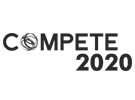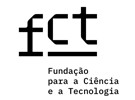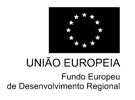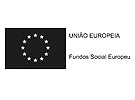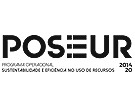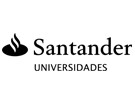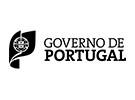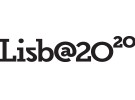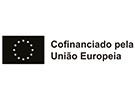



Publication in the Diário da República: Aviso n.º 23177/2023 de 30/11/2023
4 ECTS; 1º Ano, Anual, 30,0 T , Cód. 66596.
Lecturer
- Cristina Maria Mendes Andrade (1)(2)
(1) Docente Responsável
(2) Docente que lecciona
Prerequisites
No prerequisites are required but prior knowledge of calculus and digital competencies are helpful.
Objectives
1. Understand and be able to use the key concepts of:
1.1. Descriptive statistics.
1.2. Regression and correlation
2. Analyze the data and interpret the results to make decisions.
The Sustainable Development Goals are also considered fundamental in this course
(SDGs), SDGs 4, SDG5 and SDG8 in a scenario of poverty eradication, environmental protection and promotion of prosperity and well-being for all by 2030.
Program
1. Descriptive Statistics
1.1. Some basic concepts.
1.2. Descriptive Statistics versus Statistical Inference.
1.3. Types of variables/data. Classification as to nature and scale. Typologies of scales.
1.4. Frequency distribution table.
1.5. Graphic representations.
1.6. Sample characteristics: measurements of location, dispersion and shape.
1.7. Diagram of extremes and quartiles. Moderate and extreme outliers.
2. Introduction to descriptive statistics in Excel and SPSS. Analysis of practical cases.
2.1. Introduction to Excel
2.2. How to build a survey in Forms
2.3. Introduction to SPSS
2.4. Analysis of practical cases
3. Correlation and Regression
3.1. Scatter plot. Pearson's correlation coefficient.
3.2. Interpretation of regression coefficients.
3.3. The coefficient of determination.
3.4. Correlation significance test
3.5. Analysis of practical cases in Excel and SPSS.
Evaluation Methodology
Continuous assessment: Theoretical-practical assessment (0-20 vals). Students are exempt from the exam if they obtain a grade equal to or greater than 10 (rounded to units). Students who commit fraud will be excluded from the assessment.
Evaluation by exam: a written test. Students are approved in the curricular unit if the classification of this test, rounded to the nearest unit, is greater than or equal to 10 points. In both periods (continuous assessment and exams), in case of doubt, students may be called to take an oral exam (single call in each period and mandatory), non-attendance leads to the attribution of 9 (nine) points.
Bibliography
- Marôco, J. (2014). Análise Estatística com o SPSS Statistics. (pp. 1-990). Portugal: REPORTNUMBER. ISBN: 9789899676343
- Pereira, A. e Patrício, T. (2013). SPSS Guia Prático de Utilização: Análise de dados para ciências sociais e psicologia. (Vol. 8ª Ed.). (pp. 1-256). Portugal: Edições Sílabo. ISBN: 9789726187363
- Robalo, A. (2004). Estatística: Exercícios, Vol II (Distribuições. Inferência Estatística). Lisboa: Edições Sílabo
- Siegel, A. (1988). Statistics and Data Analysis: An Introduction. New York : Wiley International Edition
Teaching Method
The theoretical lectures will be predominantly expository, making a strong interaction between theory and practical application prevail with the resolution of exercises in Excel and SPSS under the guidance of the teacher.
Software used in class
Excel, SPSS and Forms


